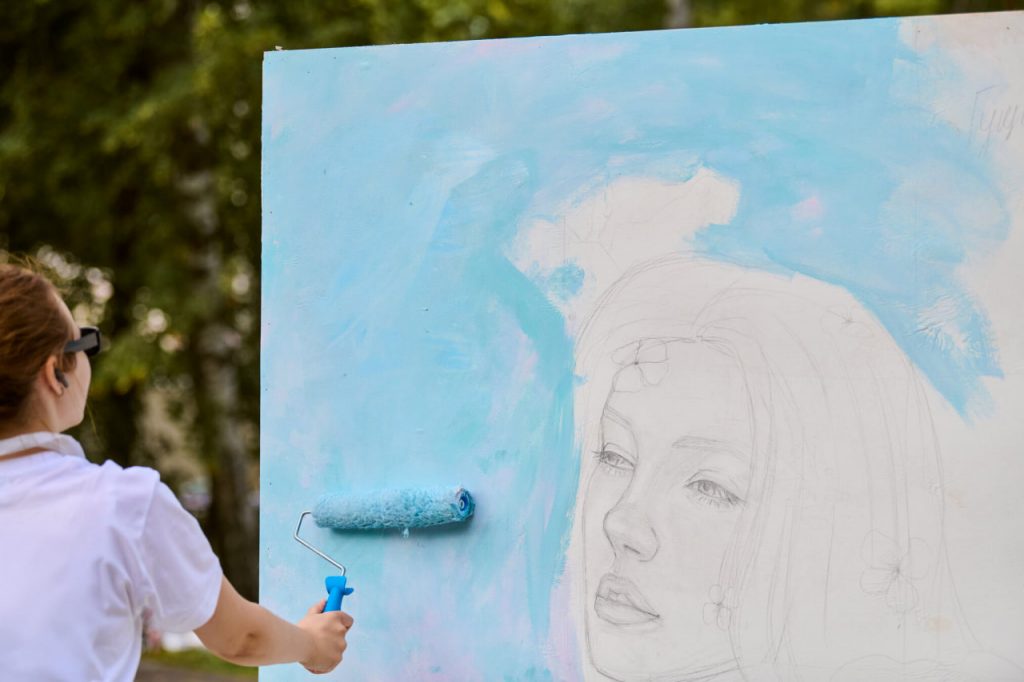Acrylic painting is one of the most versatile and accessible mediums available to artists today. Its quick drying time, vibrant colors, and compatibility with various surfaces make it ideal for beginners and professionals alike. However, mastering acrylic techniques requires practice, patience, and a clear understanding of the fundamentals as well as advanced methods. In this article, we will explore key acrylic painting techniques, from the basics to more complex approaches, to help you develop your skills and create stunning artworks.
Understanding the Basics of Acrylic Painting
Before diving into complex techniques, it’s important to familiarize yourself with the core characteristics of acrylic paint. Acrylics are water-based, fast-drying paints made of pigment suspended in an acrylic polymer emulsion. They can mimic the look of oils or watercolors depending on how you use them.
The first step is learning to control your brushwork. Simple brush strokes—such as flat washes, dry brushing, and stippling—form the foundation for many acrylic techniques. Mastering how your brush interacts with the paint and surface helps you convey different textures and effects.
Essential Brushwork Techniques
Brushwork plays a crucial role in acrylic painting. Flat brushes are perfect for bold, sweeping strokes, while round brushes work well for details and lines. Fan brushes can create interesting texture, such as foliage or hair. Experimenting with these brushes allows you to build versatility in your painting.
- Dry Brushing: This technique involves using a dry brush with minimal paint to create scratchy, textured effects. It’s excellent for adding subtle highlights or rough textures.
- Glazing: Thin, transparent layers of paint are applied over a dry base to create depth and luminosity. Glazing requires patience and control but can produce stunning results.
- Impasto: Applying thick layers of paint creates a three-dimensional texture on the canvas. This technique gives your painting a sculptural quality and is best done with a palette knife or stiff brush.
Advanced Techniques for Depth and Dimension
Once you have a handle on basic brushwork, advancing to more complex techniques will elevate your acrylic paintings.
- Layering and Scumbling: Building color through layers is a hallmark of acrylic painting. Scumbling is a method of applying a thin, broken layer of paint to create a sense of atmosphere or texture beneath the surface.
- Wet-on-Wet Blending: Although acrylics dry quickly, working wet-on-wet allows you to blend colors smoothly on the canvas. This requires working fast but can create beautiful gradients and soft transitions.
- Using Mediums: Acrylic mediums modify paint properties. For example, gloss mediums increase shine, retarders slow drying time, and modeling paste adds heavy texture. Incorporating these can expand your creative possibilities.
Tips for Improving Your Acrylic Painting Skills
Practice is essential, but practicing smart can speed up your progress.
- Study Light and Shadow: Understanding how light interacts with objects helps you create realistic depth and dimension.
- Mix Your Own Colors: Avoid relying solely on pre-mixed colors. Learning color mixing improves your palette and helps you achieve the exact hues you envision.
- Experiment Regularly: Don’t be afraid to try new tools, surfaces, and styles. Acrylics work well on canvas, paper, wood, and even fabric.
- Keep Your Brushes Clean: Proper brush care extends their life and maintains the quality of your brushwork.

